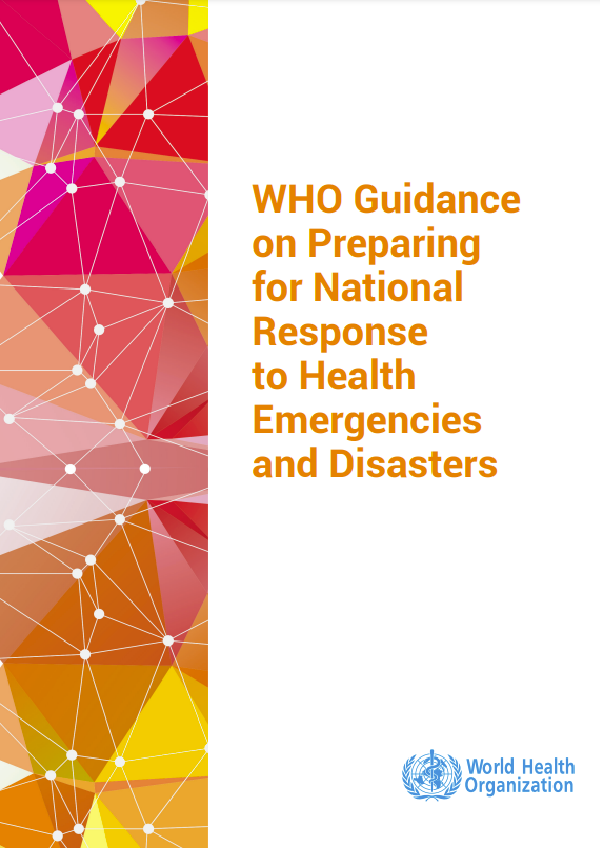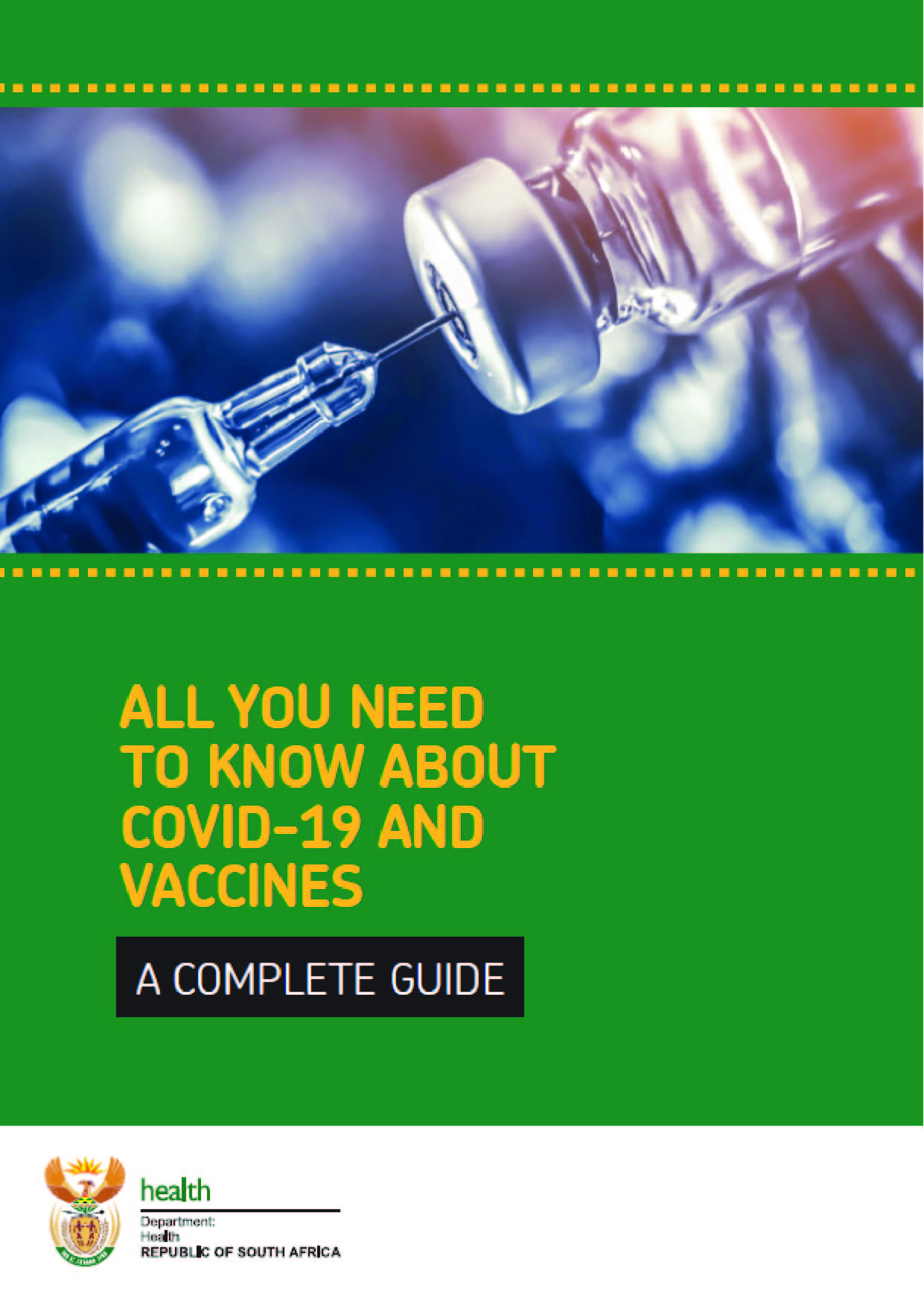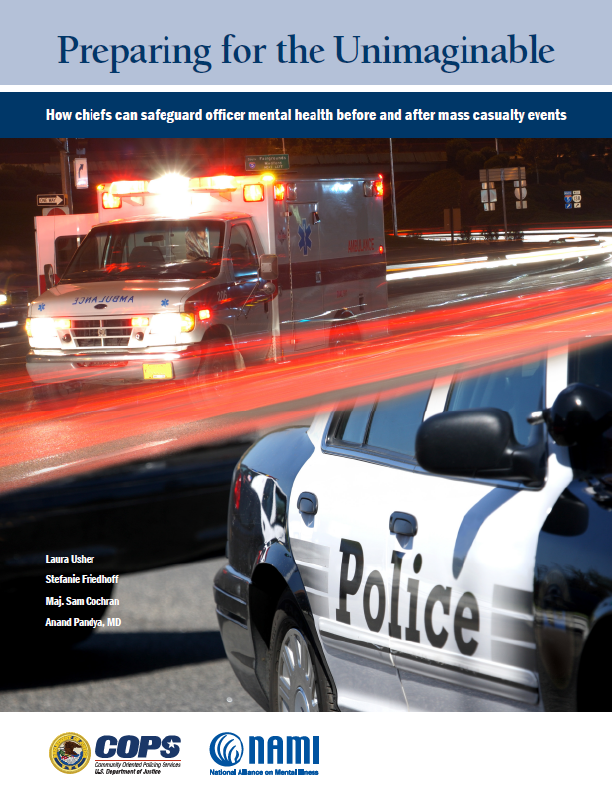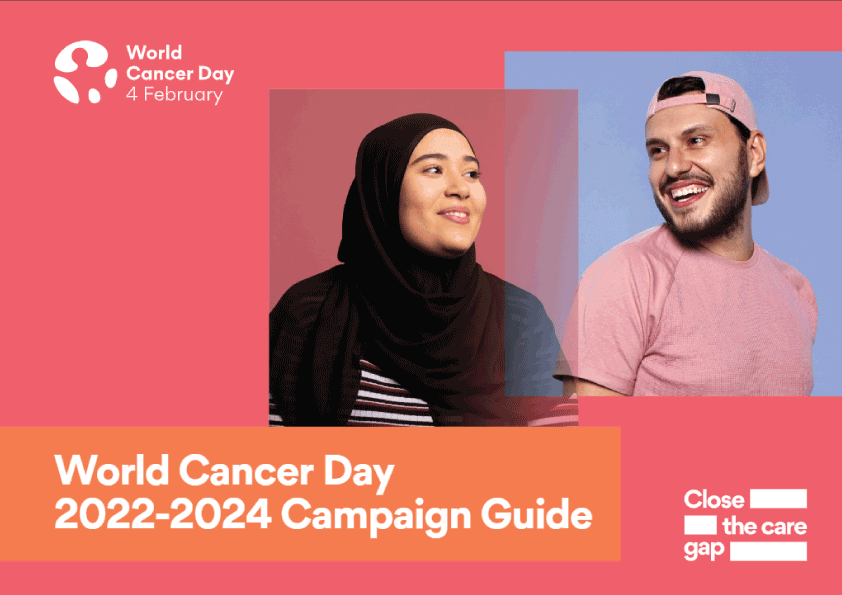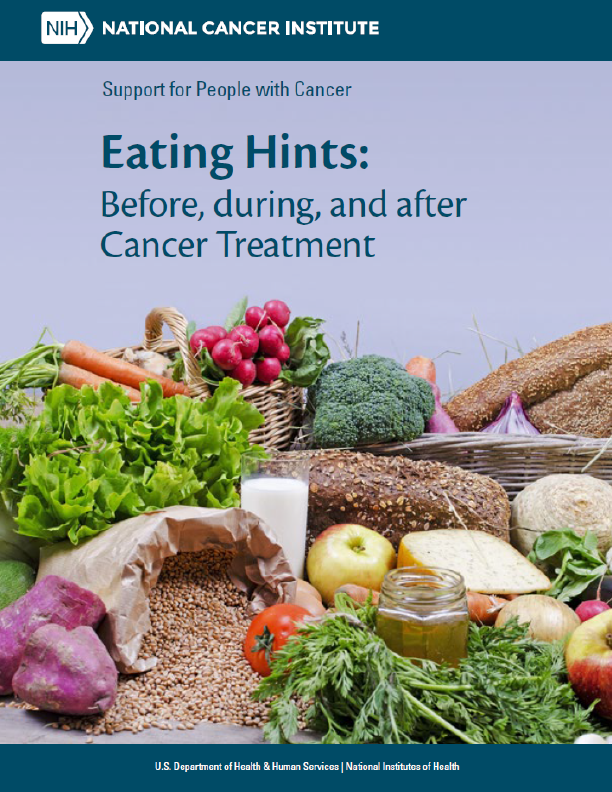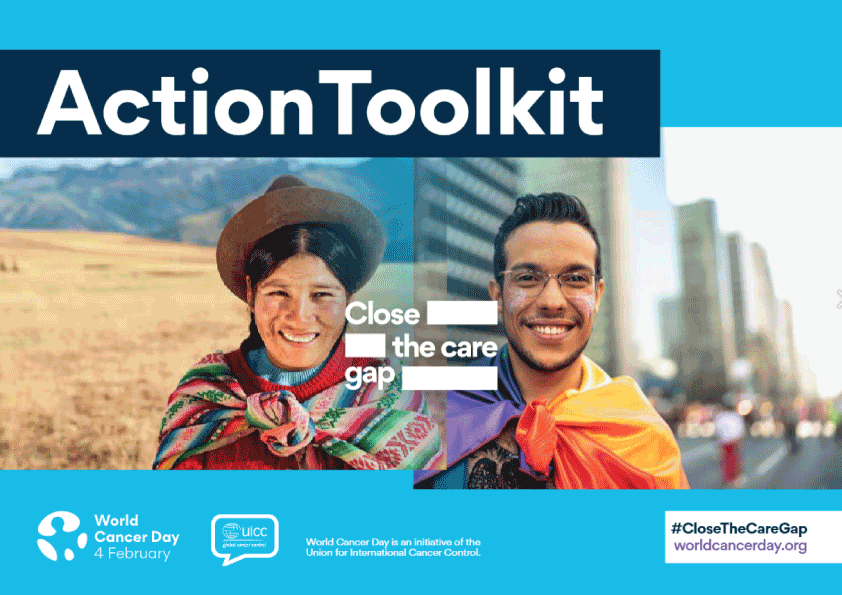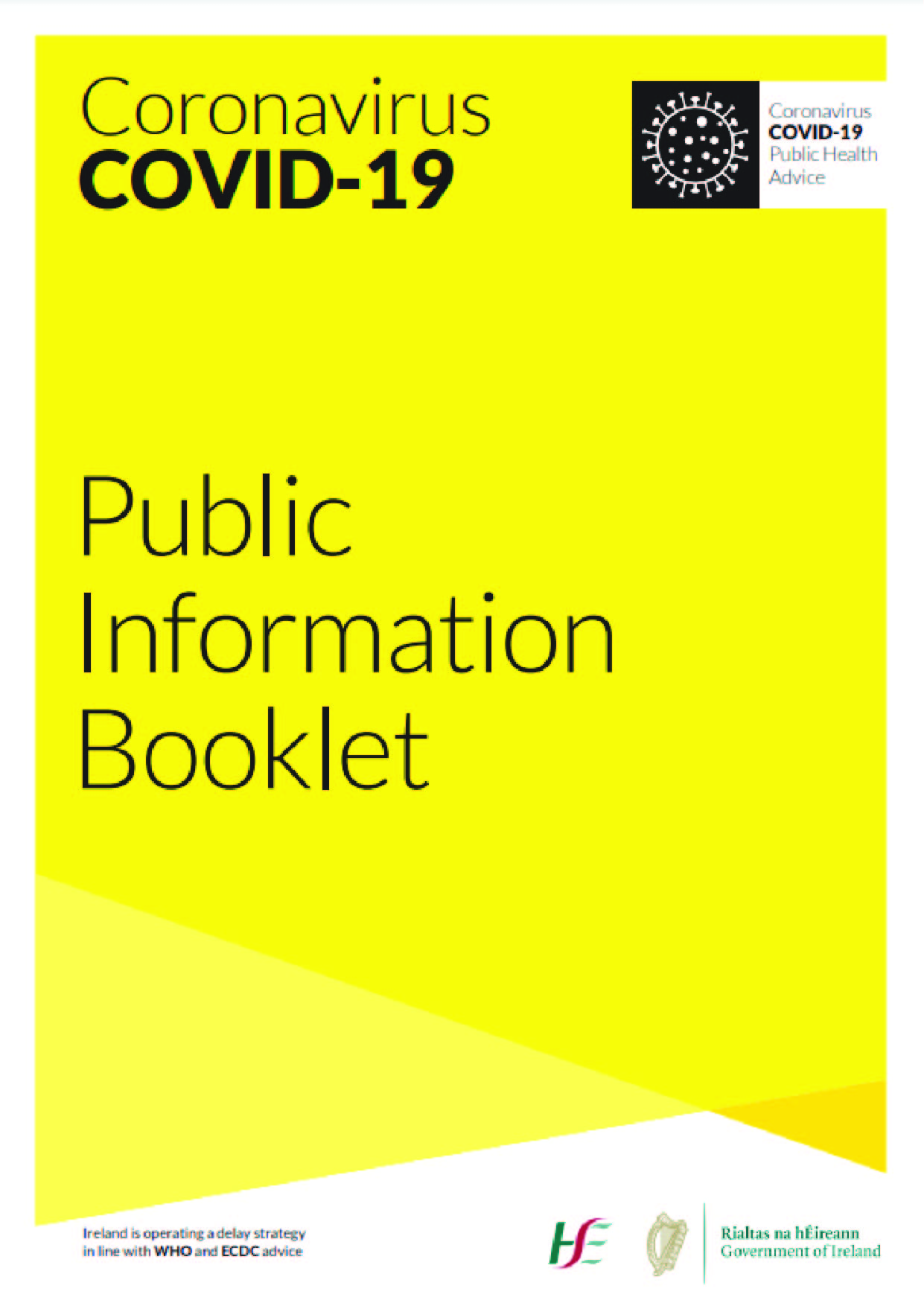Emergencies associated with hazards of all kinds – natural, biological, technological and societal – are having a growing impact in many parts of the world and posing ever greater challenges for health and for healthcare systems. The impact of emergencies often delays and disrupts countries’ development agendas. And emergencies and disasters also affect people’s lives and livelihoods, through their direct impact on health as well as their indirect impact on socioeconomic factors that contribute to resilience.
From the point of view of the United Nations’ Sustainable Development Goals and WHO’s aim of achieving universal health coverage, emergencies often set back the gains countries had made previously and divert scarce resources from health and socioeconomic development. Although countries do need to take steps, based on the hazards to which they are exposed, to reduce the risk of emergencies and disasters occurring, it has become imperative for countries and communities to prepare for the emergencies and disasters they face. They also need to have in place a thoroughly prepared system for responding to such catastrophes. This requires evidence-based planning in order to ensure a timely and effective response.
It was in this context that WHO organized a technical consultation on global guidance for country health emergency response planning, held in Tunis, Tunisia, from 26-28 August 2019, in order that participants could discuss – based on many country experiences across WHO regions – how countries can better respond to emergencies from all hazards that threaten public health. The consultation brought together experts from countries, international organizations and all levels of WHO with backgrounds and expertise in health emergency and disaster risk management, including leading preparedness and response in the countries. The experiences, lessons learned, views and recommendations expressed by participants during this consultation – as well as the collation of good practices and existing drafts and documents at the regional and global levels – were used to draft this guidance. An early draft of this document was also circulated with, and reviewed by, all relevant technical teams of WHO and as well the participatory partners.
This aim of the guidance is to support countries to develop a comprehensive National Health Emergency Response Operations Plan (NHEROP) for all priority hazards, by proposing standardized steps that can be applied in many settings and contexts using a multisectoral risk management approach. The guidance draws on the International Health Regulations and the Health emergency and disaster risk management (Health EDRM) Framework, and builds on all-hazards country risk profiles and all capacity development plans, including the National Action Plan for Health Security. The guidance also refers to the WHO Emergency Response Framework in order to ensure alignment and coordination. The guidance suggests mechanisms countries can use for: engaging the health sector with other sectors around shared tasks and responsibilities; timely outreach to and involvement of stakeholders in all sectors with an allhazards, whole-of-society approach; developing their NHEROP through a participatory process that brings together government, public health experts, civil society and all relevant sectors to facilitate joint ownership, adoption, testing through simulation and finally successful implementation in responding to emergencies and disasters.
The guidance also captures learning from the COVID-19 response.
Whereas other plans – such as the national health emergency and disaster risk management plan and the National Action Plan for Health Security – are mainly focused on capacity development, NHEROP builds on the existing capacity development plan and frameworks such as the PHEOC framework, and the Health emergency and disaster risk management framework. The NHEROP also supports the development of hazard-specific contingency plans for communities and countries and adds the operational value to countries’ response mechanisms.
All these planning processes and plans benefit from various assessments, including risk assessments (e.g. STAR tool), capacity assessments (e.g. joint external evaluation, Capacity for Disaster Reduction Initiative (CADRI) assessment tools) and resource mapping (e.g. the Health resources and services availability monitoring system (HeRAMS), and impact analysis on health security investment (REMAP) tool). These assessments support countries to prioritize risks and provide information about the availability of capacity and resources for prevention, preparedness, readiness, response and recovery. They also assist with donor coordination, identifying gaps and needs, monitoring of plan implementation and linking different plans to increase efficiency by achieving synergies.
